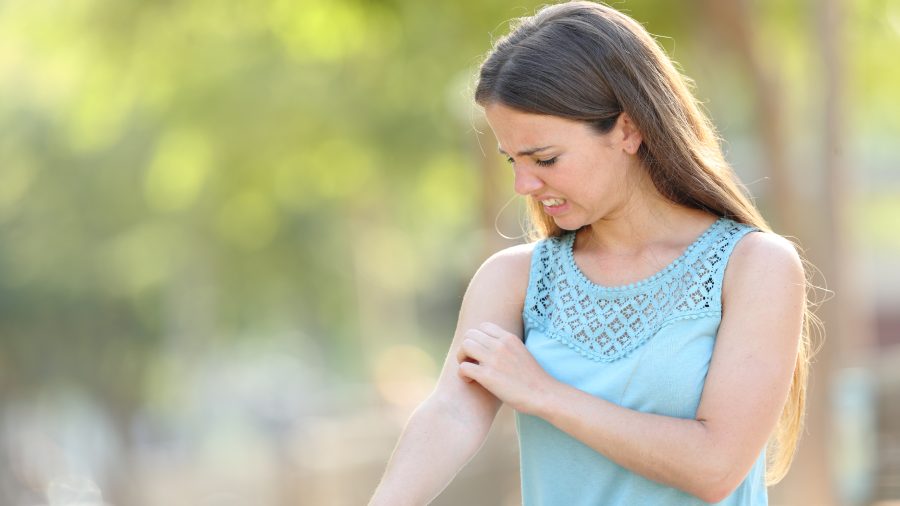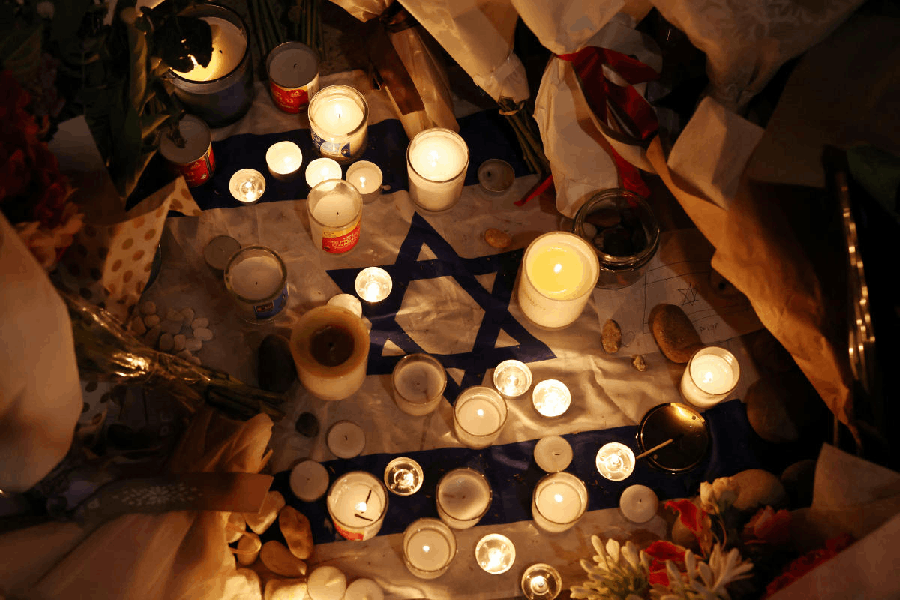As summer begins, nearly everyone from babies to the elderly can develop an itchy, red, bumpy rash —called prickly heat — over their bodies. It shows up on the neck, shoulder and chest, armpits, elbow creases and groin. In short, in any areas where there is friction from skin or clothes.
Prickly heat develops from sweat glands situated under the skin. The sweat they secrete reaches the skin’s surface through ducts. Hot, humid climates can increase sweating such that it leaks into the surrounding tissue, forms clear blisters and causes a stinging sensation. The pores through which sweat is released can also become blocked with dust, dirt and talcum powder. The perspiration then gets trapped under the skin, forming itchy, reddish-brown blisters.
Uninfected prickly heat disappears on its own in two or three days. To speed healing, bathe twice a day in tepid water using a loofah and an anti-bacterial soap like Neko. Add 1tsp of sodium bicarbonate (baking soda ) to a bucket of water. Do not dry the body with a towel. Instead, stand under a fan and let the air dry your skin.
Talcum powders and lotions may appear soothing when applied, but they can block the pores further. Calamine lotion is probably the safest. It should be applied lightly. Also, try a cold compress or ice to reduce the itching. If that does not work, take a mild antihistamine such as cetirizine.
Prickly heat or miliaria initially appears as clear, fluid-filled, blister-like lesions that break easily. If it extends to the deeper layers of the skin, it looks like red bumps. Scratching produces micro-abrasions in the skin. These can get infected and form pustules. Typically, topical antibiotics are usually all that is needed.
Babies are prone to develop miliaria as their sweat glands are immature, and they produce unregulated amounts of sweat. This poses a problem if they are not bathed daily or are bundled too tightly in inappropriate synthetic clothing. In addition, massage oils may clog the pores further.
To be comfortable, the human body needs to maintain itself at 37°C or between 97-99°F. To achieve this, as the ambient temperature rises, the body sweats. As the sweat evaporates from the skin, the body cools down. This simple mechanical action requires circulating air (fan) and clothing that wicks sweat away from the skin.
Heat exhaustion can occur in hot climates if the intake of water and salt is inadequate. It causes headache, fatigue, fainting, confusion, muscle cramps, vomiting and diarrhoea. There is
no absolute recommendation for the quantity of fluids that should be drunk to prevent this from occurring. It depends both on the temperature and the level of activity. Enough fluid should be drunk to make the urine lemon yellow in colour. Drinking alcohol, aerated soft drinks, tea, or coffee does not prevent dehydration.
Thirst (dehydration) should be quenched with lightly-salted lime juice, tender coconut water, buttermilk or isotonic sports drinks. These replace the salt lost in sweat. If heat exhaustion is unrecognised and ignored, it can lead to heatstroke. The temperature rises to 40°C (104°F), leading to headaches, nausea, vomiting, confusion and, eventually, coma and death. The person should be cooled off with a sponge bath (no ice), rehydrated and placed under a fan or in air-conditioning.
To prevent heat exhaustion, wearing appropriate clothing in summer is essential. Loose-fitting, light coloured clothes made of natural fibre or the new age “wicking” sports clothes are best. Clothes made of synthetic fibres such as polyester and nylon are best avoided.
The writer is a paediatrician with a family practice at Vellore and the author of Staying Healthy in Modern India. If you have any questions on health issues please write to yourhealthgm@yahoo.co.in











